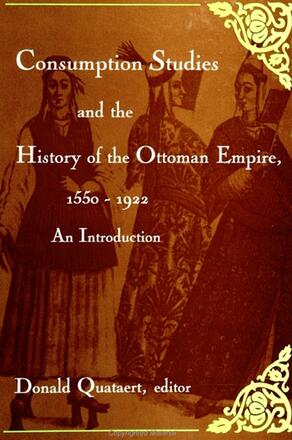
Consumption Studies and the History of the Ottoman Empire, 1550-1922
An Introduction
Alternative formats available from:
An innovative application of consumption studies to the field of Ottoman history.
Description
Tracing a host of important and exciting topics relating to consumption, this book describes and analyzes the rise of mass fashion dress, changing fashions in clothing, the transcultural significance of tulip consumption, the rise of print advertising, the use of food as a marker of elite status, and the emergence of photographs as a consumer commodity. The emphasis on consumption rather than production offers new perspectives on the Ottoman and Middle East past, and by extension that of East and Southeast Asia as well as Africa. Its findings also invite comparisons with those in U. S. and European consumption history. Also included are chapters that offer guidance in the use of archival sources for research in consumption history and a methodological overview of the utility of consumption studies for Ottoman and Middle East history.
Contributors include Tulay Artan, Suraiya Faroqhi, Elizabeth B. Frierson, Charlotte Jirousek, Joyce Hedda Matthews, Nancy Micklewright, Donald Quataert, Ariel Salzmann, and Madeline C. Zilfi.
Donald Quataert is Professor of History, Binghamton University. He has written many books, including Syria: Its Society, History, and Culture (coedited with Richard Antoun), also published by SUNY Press, and Ottoman Empire: Society and Economy 1300–1914 (coedited with Halil Inalcik).
Reviews
"All students of Ottoman history will want to ponder the issues addressed in this book. " — Digest of Middle East Studies
"This book uses previously untapped sources, takes new approaches, and provides new insights. Particularly impressive is the use of visual evidence. Most of the contributors (notably Faroqhi, Salzmann, and Frierson) are well read in non-Ottoman sources. Faroqhi's incisive introductory essay deserves special mention as it puts consumption history in perspective and provides an indispensable framework for the volume. " — Jane Hathaway, Ohio State University